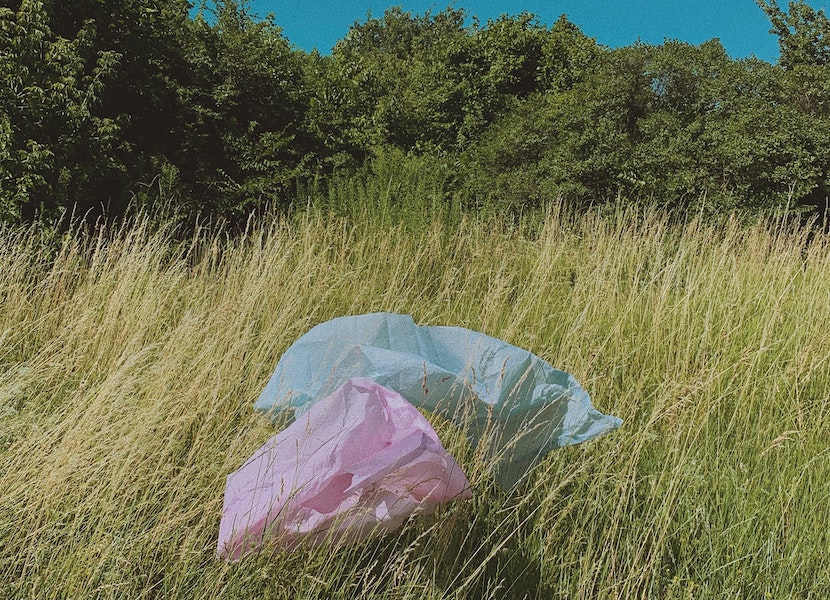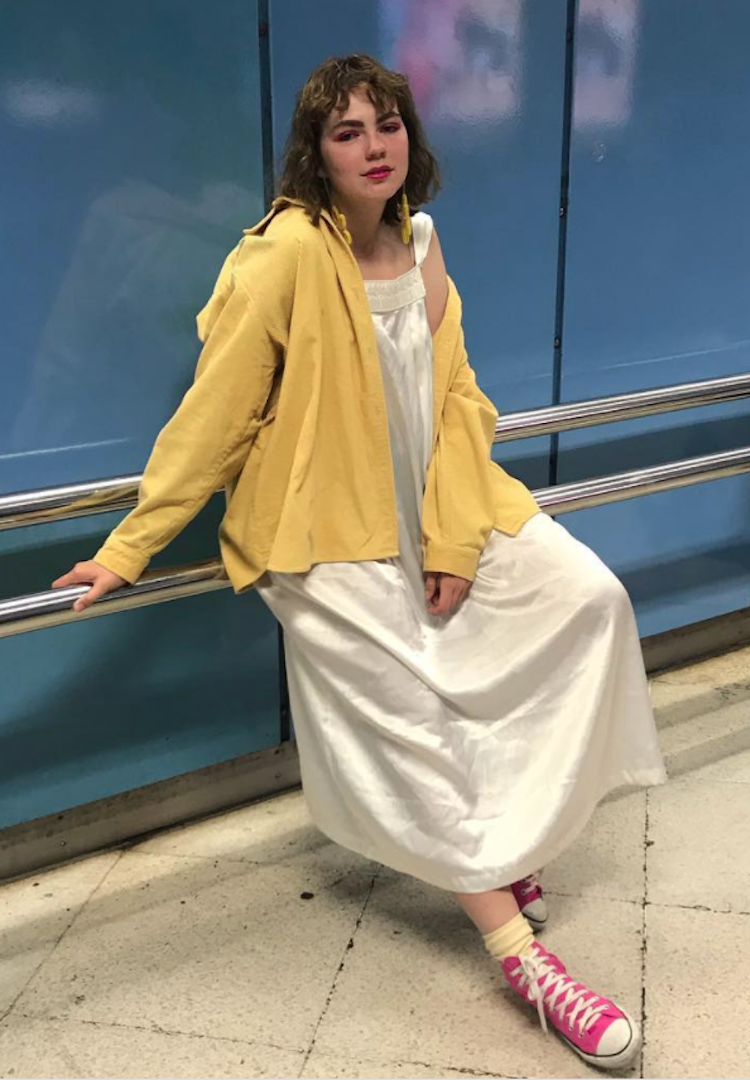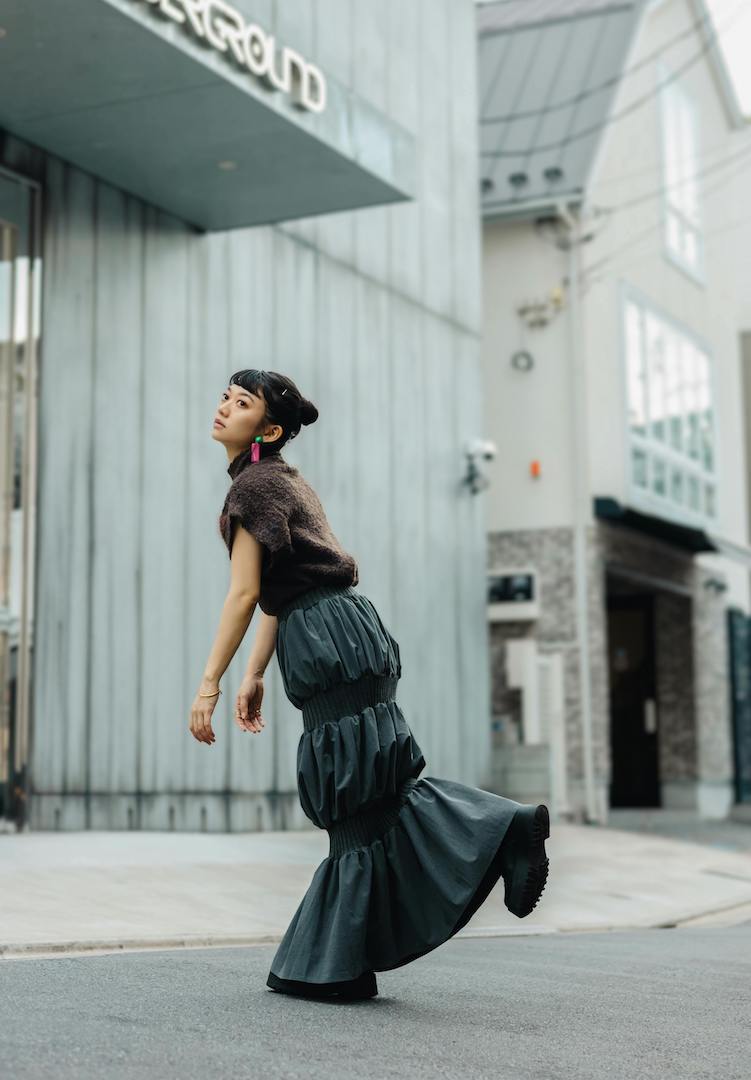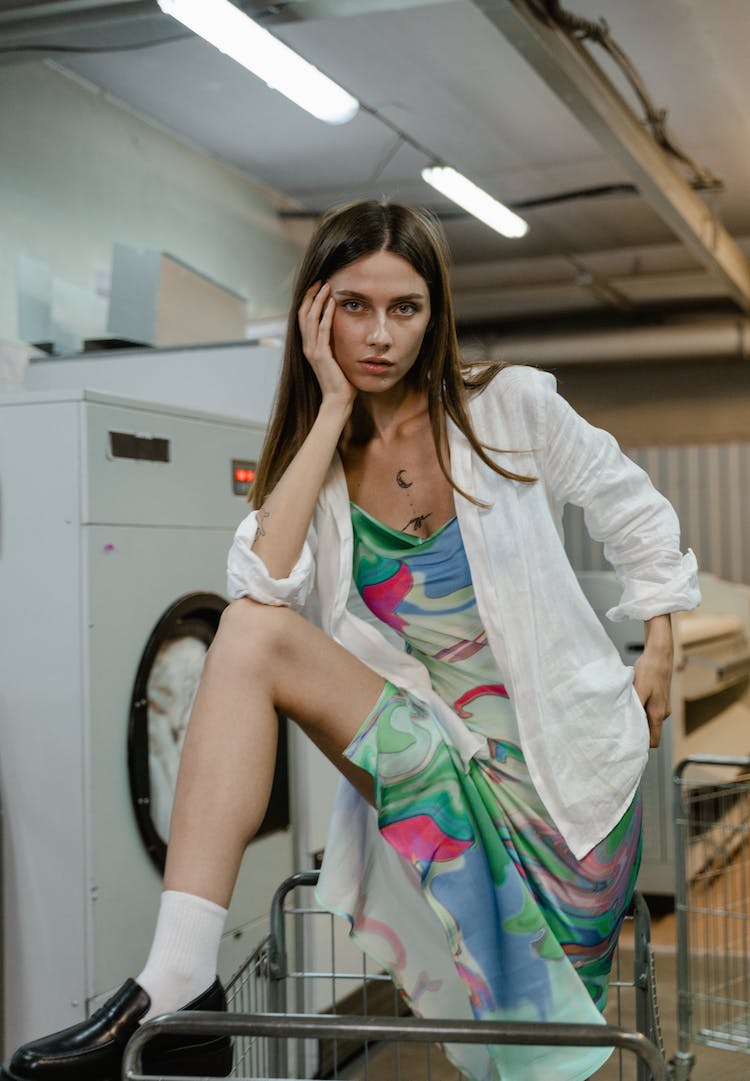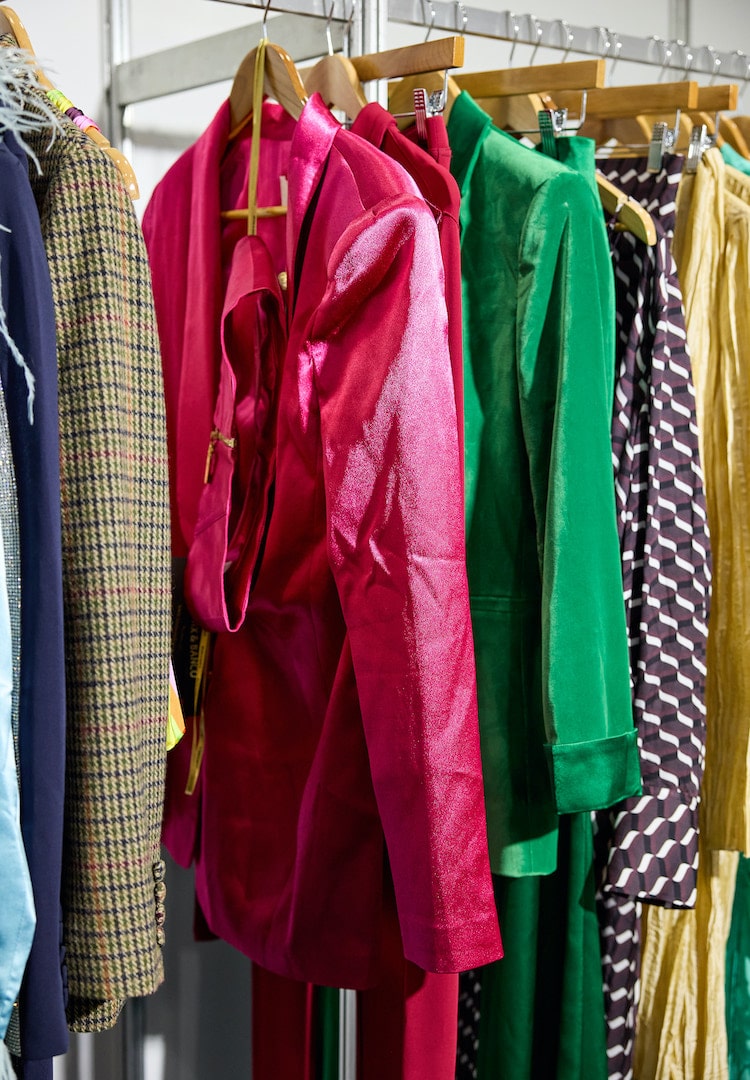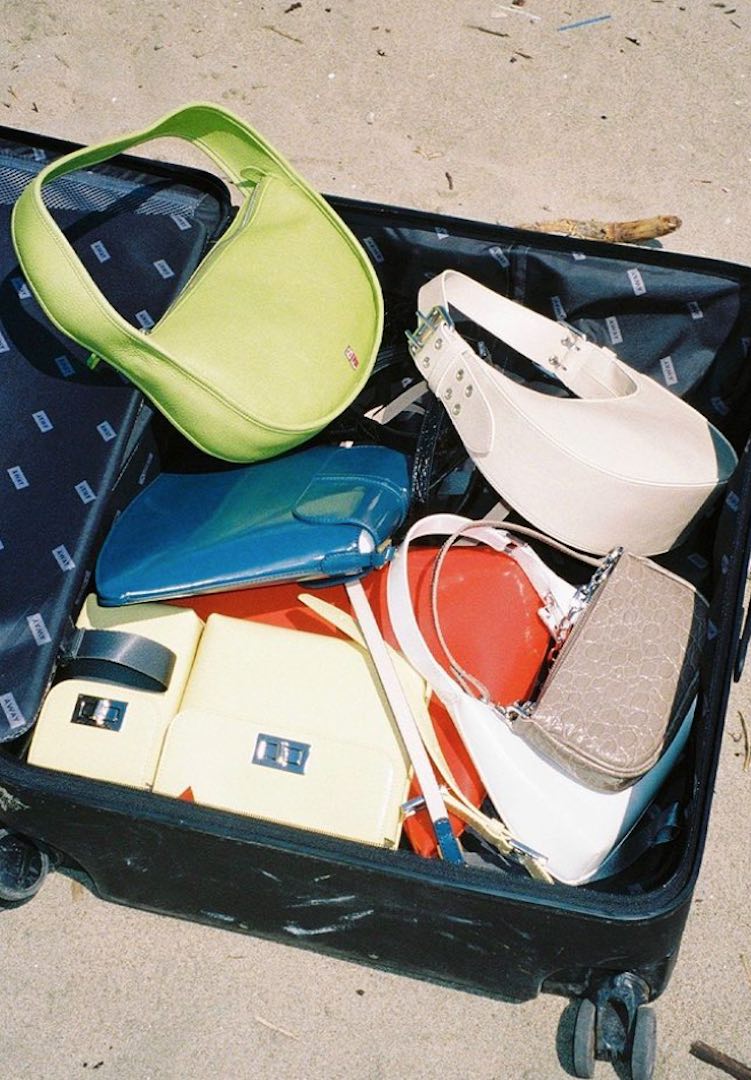How the Uighur forced labour camps found their way into our own backyard
WORDS BY MAGGIE ZHOU
One in five cotton products worldwide are riddled with exploitation.
I’m sitting here writing this with an unshakable sickness that’s growing in the pit of my stomach. It’s that feeling when you can’t quite swallow the lump forming in your throat. I try to swallow anyway, as I type from the comfort of my Melbourne bedroom, thousands of kilometres away from Xinjiang, China, where anywhere between 800,000 to two million Uighur Muslims have been detained in ‘re-education’ camps.
I’m not going to pretend like this isn’t a complicated issue. Not only is it shrouded in mystery and politics, but the ongoing persecution of Muslim minority groups in China is so barbaric and so inhumane that it’s hard to grasp how widespread the abuse really is.
Now, two years on from the UN’s initial discovery of these detention camps, the mistreatment of the Uighurs has resurfaced and woven its way into the clothes we are wearing.
Who are the Uighurs?
The Uighurs (also known as Uyghurs) are a Muslim Turkic ethnicity from Central Asia. There are more than 10 million Uighurs in Xinjiang, making this autonomous region in China’s north-west home to the largest population of Uighurs.
There are an estimated 3,000 Uighurs living in Australia. It’s estimated by some in the Australian Uighur community that 80 per cent of the diaspora has a relative that has disappeared into one of the camps.
What’s happening to them?
After a long history of discrimination and increased police and technological surveillance, there are rapidly growing detention camps in Xinjiang, according to The Conversation. While China initially denied the existence of these camps, the country now defends them as a necessary defence against terrorism. Many Uighurs and other Muslim minorities are imprisoned without trial for misdemeanours as farcical as not paying a water bill on time, contacting someone abroad using WhatsApp or having ‘too many’ children.
First-hand accounts have provided growing evidence of human right violations. Omir, a former prisoner, detailed his experience in an interview with the BBC.
“They wouldn’t let me sleep, they would hang me up for hours and would beat me. They had thick wooden and rubber batons, whips made from twisted wire, needles to pierce the skin, pliers for pulling out the nails. All these tools were displayed on the table in front of me, ready to use at any time. And I could hear other people screaming as well,” he said.
Death, disappearances and torture are commonplace. To curb Islamic practice, headscarves and long beards are banned and mosques and other religious sites have been demolished. China has recently been accused of forced sterilisation of Uighur women to control their population. It’s been described as a modern genocide.
How are they affiliated with fashion?
Forced labour is part of the imprisoned Uighurs’ daily life in China, as is gruelling exercise (you are beaten if you are too slow), singing of patriotic songs (you are denied breakfast if you forget the words) and the writing of ‘self-criticism’ essays.
“These people who are detained provide free or low-cost forced labour for these factories,” Turkish researcher Mehmet Volkan Kasikci told The New York Times.
Just a few weeks ago, a human rights coalition made the staggering claim that one in every five cotton products worldwide is tainted with forced Uighur labour.
The coalition is calling on brands and retailers to discontinue supply chain relations with the Uighur region. It’s not alone – this call to action is backed by over 250 organisations from more than 35 countries. With 84 per cent of all cotton production from China coming from the Xinjiang region, the coalition is “virtually certain” about the forced labour abuses intrinsically tied with the fashion industry.


